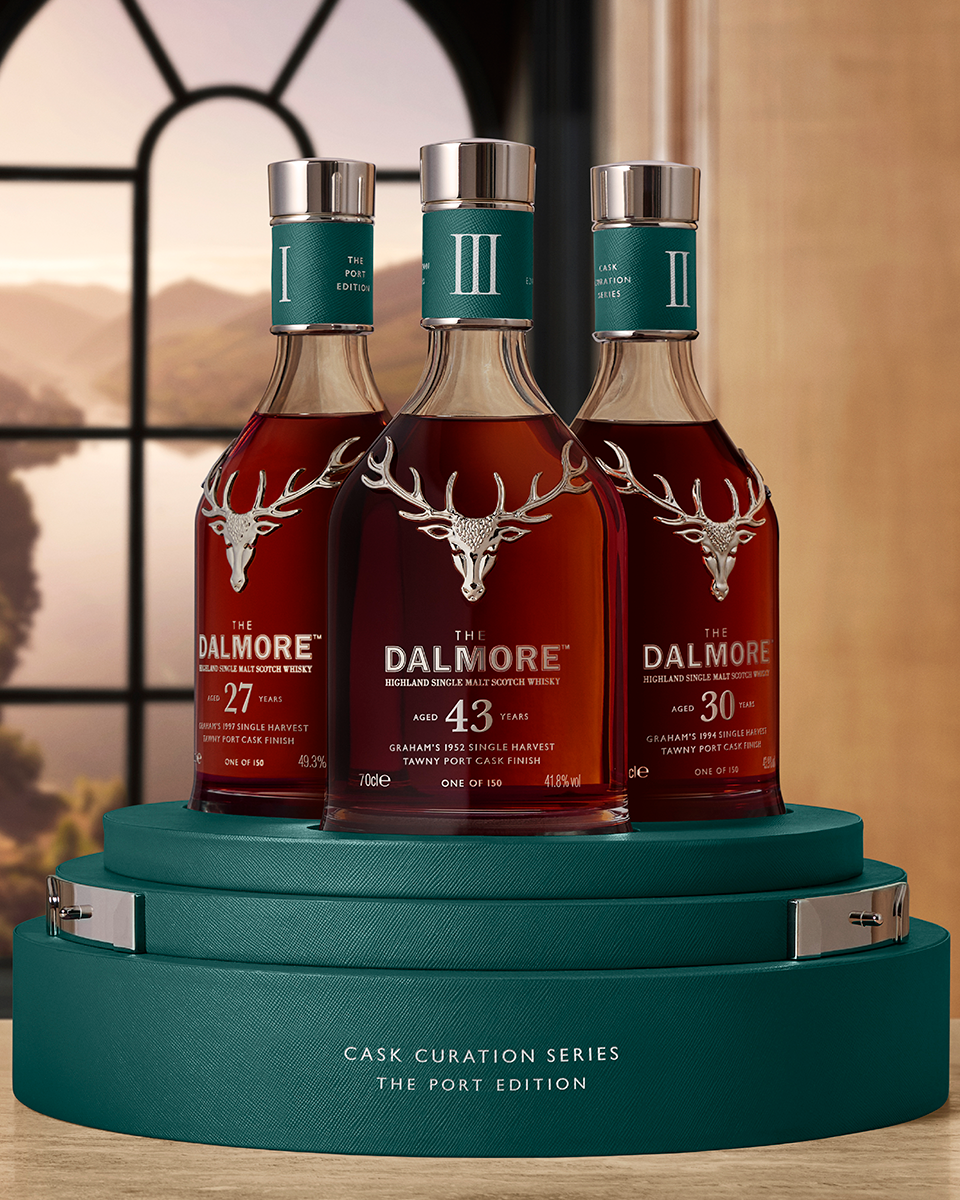1| Older Age Statements
Last year saw a swathe of high-aged releases from well-known and more obscure brands alike. This was driven by good sales in the premium and super-premium Scotch whisky sector, despite an overall slump in worldwide sales (see below – the two points are directly and heavily linked).
Not only did many distilleries enter this space but some went a step further by releasing their oldest ever single malt bottlings. Expect to see more bottlings with age statements, especially older ones.
Another related trend was the return of the age statement in Scotch whisky during 2024. Several brands moved on from their no age statement whiskies and returned to age statements, bucking what we have seen over the last decade or so. Expect this to continue also, especially in the travel retail category which seems to be leading the charge.
2 | Sales to Decline but Premium to Grow
This may sound counter intuitive, but Scotch whisky sales experienced their worst slump for a couple of decades in 2024. This is predicted to continue over the coming year with some alarm bells beginning to ring – there is talk of over-production resulting in a glut of maturing stocks and a ‘whisky lake’ (or should that be loch?).
However, it is not all doom and gloom – the premium sector at the top end of the market saw significant growth as consumers looked for quality over quantity. This leads directly on from the first entry above and we will see more brands focussing heavily on this premium space.
Certain distilleries will always carry weight here – think of Ardbeg, Dalmore, Glenfarclas, Macallan and Springbank to name a few – but other newcomers are joining the party. Look out for brands such as Glenglassaugh, Glenturret and Speyburn coming through. They will also tend to offer more value than those established and desirable names.
3 | Cask Sales to Mirror Bottle Sales
Leading on from the above, there is evidence that cask investment sales are trending in the same direction as that of bottles. While the market may be slowing a little, it seems that clients are looking for the desirable showpiece distilleries listed above more and more.
Naturally, you will pay more initially for your cask from one of these big hitting distilleries, but your return on investment could be great, especially if held in your portfolio for a significant time. Others will always want to purchase older casks from these places – Macallan, Dalmore, Springbank etc – so the market will always remain rich.
That said, similar to above there are newcomers to watch out for. These ‘sleeper’ distilleries can offer great value for money when purchasing a cask and could easily be the ‘next big thing’. Speak to your broker and see what they have to offer. Speyside or Islay whiskies are always strong performers, so maybe look there.
4 | Demand for Truthful Storytelling
My inbox is regularly topped up with press releases about the latest whisky releases and you can get some very interesting and creative variations on a theme. The best ones are always those that have a hook, while still conveying the important information. Some brands or PRs take this to the extreme and deliver elaborate, over complicated stories that you must sift endlessly through to find the truth.
The modern consumer wants to know more about the origin, ethical approach and sustainability of a product. For whisky we are not just talking about heritage and history, but about how the spirit is made and what is used to produce it. People want to know about what they are buying, and the best are those that tell the story in an engaging and interactive way. More of this in my inbox please.





